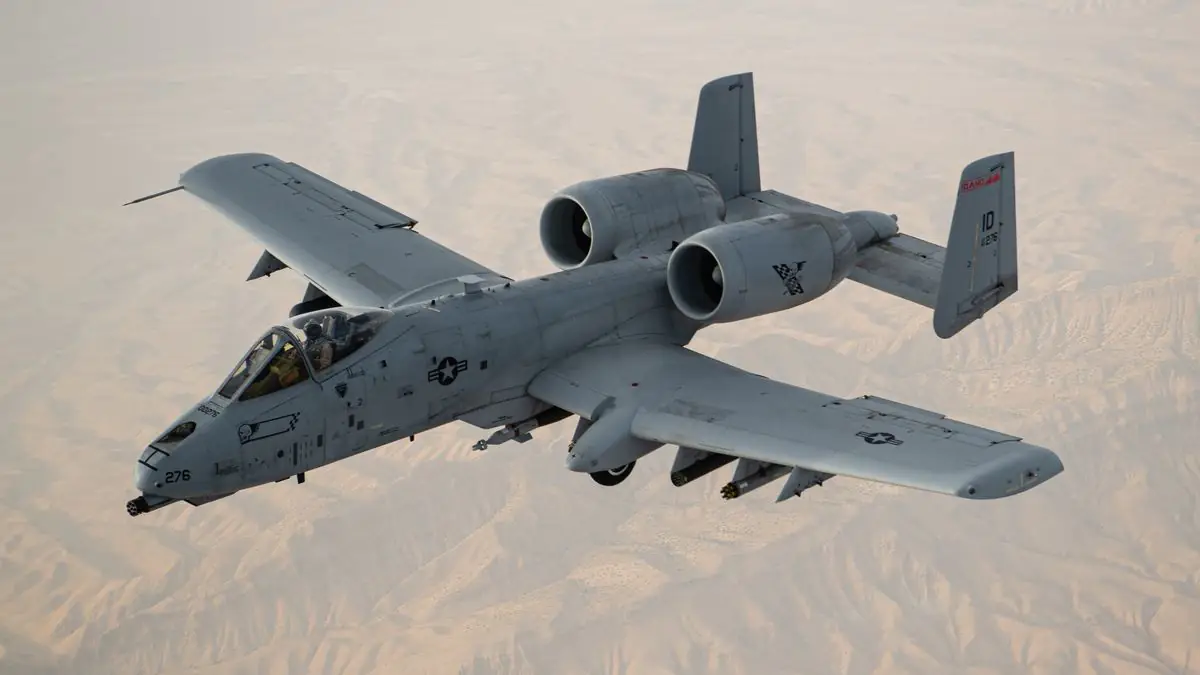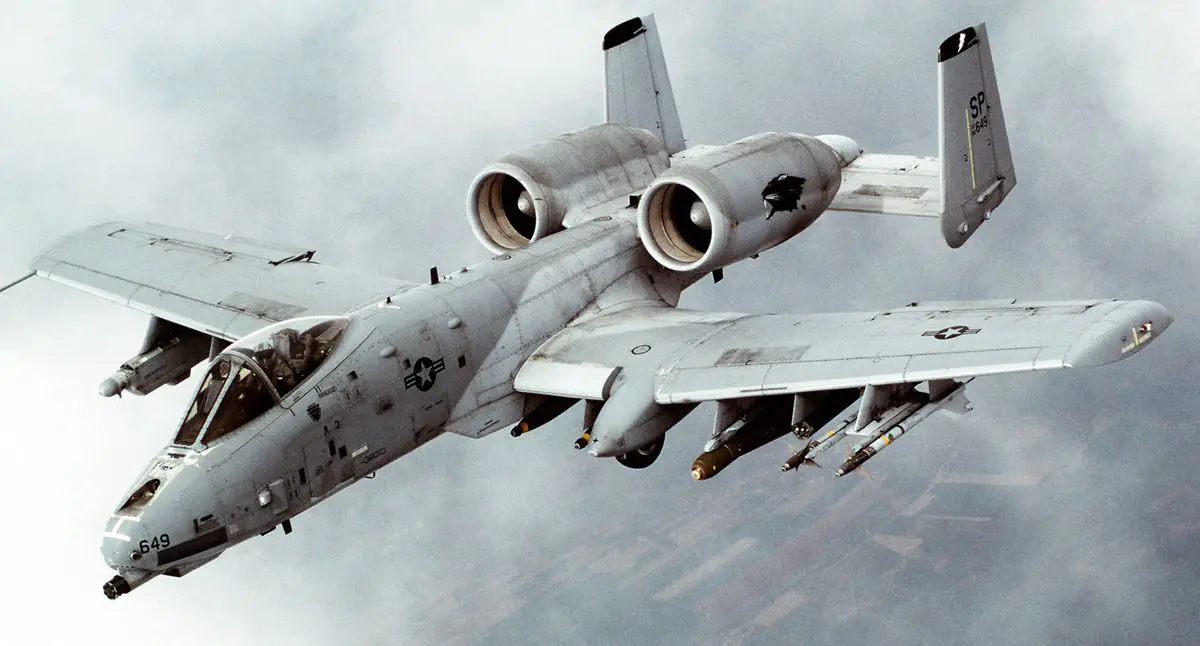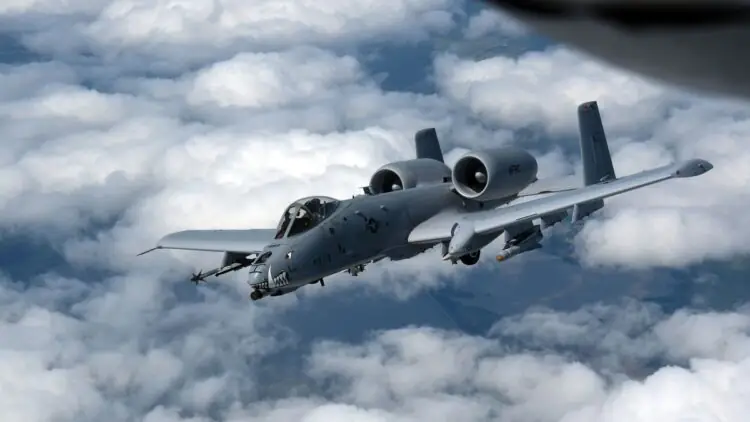According to released budget plans, the U.S. Air Force may retire all A-10 Thunderbolt II aircraft, known as Warthogs, during the 2026 fiscal year. This move is part of a broader plan to retire 340 aircraft across various types.
If approved by Congress, it would mark the largest single-year aircraft retirement program in recent years for the Air Force. In this case, 162 Warthogs would be retired earlier than initially scheduled, as their planned service life was originally expected to extend closer to 2030.

The retirement plan was revealed as part of a $211 billion budget request for the 2026 fiscal year. Of that, $184.9 billion is allocated to the U.S. Air Force, while $26.1 billion is designated for the U.S. Space Force. The Department also hopes to secure an additional $38.6 billion through a budget reconciliation package. If approved, total funding would reach $249.5 billion – an increase of 17.2% compared to the previous year.
Earlier this year, U.S. Air Force officials announced plans to accelerate the retirement of outdated platforms. This decision aligns with Defense Secretary Pete Hegseth’s directive to reallocate 8% of overall defense spending, aiming to free up resources for modernization efforts. These efforts include increased investment in the B-21 Raider, Next Generation Air Dominance (NGAD), and other advanced systems. The retirement of the A-10 Warthog is one of the most notable elements of this plan.

The armored A-10 Thunderbolt II has served in the Air Force since the 1970s and remains a symbol of durability and precision. However, military officials have long argued that the Warthog’s role is becoming increasingly limited, leading to a gradual reduction in its fleet in recent years. Some lawmakers see it as still valuable for close air support missions, while others advocate prioritizing platforms that offer greater survivability and flexibility.
The proposal for the 2026 fiscal year will now go to Congress, where lawmakers will decide whether to approve the retirement plan. If approved, the Air Force will complete the phase-out of one of its most recognizable and longest-serving platforms in less than 18 months.
Source: defence-blog









